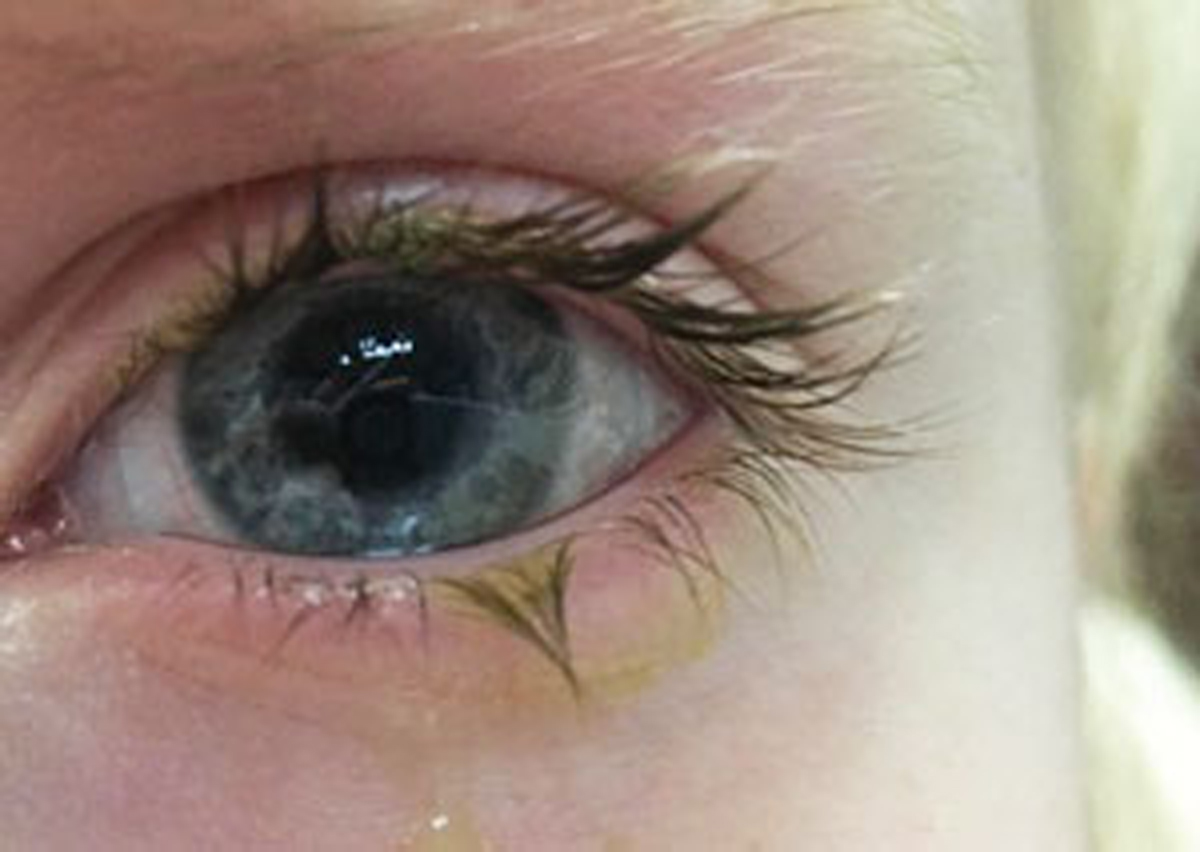 |
| This study found contact lens wear to be overwhelmingly safe in children ages 7-11. Photo: Vivian P. Shibayama, OD. Click image to enlarge. |
As children today are being fitted with contact lenses earlier and more often, it is necessary for research to continue to evaluate the safety and potential harmful side effects of lens wear on this population. A recent study looked at a group of children who wore soft contact lenses for three years and found that although adverse events were common, very few required meaningful treatment and none led to discontinuation of lens wear.
The study included data from 294 myopic children, ages seven to 11, who were enrolled in the Bifocal Lenses In Nearsighted Kids (BLINK) study. All children were free of eye disease or any visual or systemic condition that could affect vision or visual development. Every six months for three years, the children underwent slit lamp examination, and adverse events were defined as one of the following: slit lamp finding of grade three or worse, parental report of a clinically meaningful change in eyes, vision or health or a clinically meaningful response to a symptom checklist.
On average, participants wore their lenses 73 hours per week, and 74.8% experienced at least one adverse event. There were 432 total adverse events observed among the cohort over the study period, 75.2% of which were ocular and 24.8% of which were non-ocular. The researchers noted in their paper, “Contact lens wear was probably or definitely related to 60.6% of the ocular and 2.8% of the non-ocular adverse events.” However, they also added that none of the ocular adverse events were serious, severe or caused permanent contact lens discontinuation.
“The three most common diagnoses were 91 (28.0%) cases of solution-induced corneal staining, 46 (14.2%) cases of ocular allergies and 23 (7.1%) cases of hordeola/chalazia,” they noted. In addition, they found that adverse events were mild in nearly 75.0% of cases and moderate in 26.2% of cases.
The corneal infiltrate incidence calculated from the data was 185 cases per 10,000 patient-years of wear. The incidence of moderate ocular adverse events determined to be definitely or likely related to use of contact lenses was 405 cases per 10,000 patient-years of wear.
The researchers concluded that although continuous monitoring of contact lens wearers is essential to ensure good ocular health, “Contact lenses provide a safe option for children who do not want to wear spectacles or want to try daily wear contact lenses as a method to slow the progression of myopia.”
Giannoni AG, Robich M, Berntsen DA, et al. Ocular and non-ocular adverse events during three years of soft contact lens wear in children. Optom Vis Sci. March 29, 2022. [Epub ahead of print]. |

